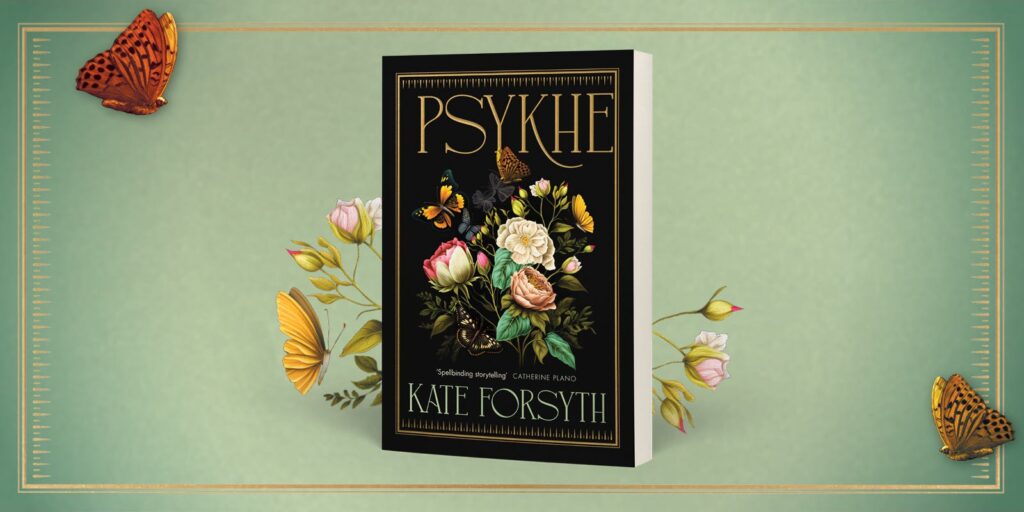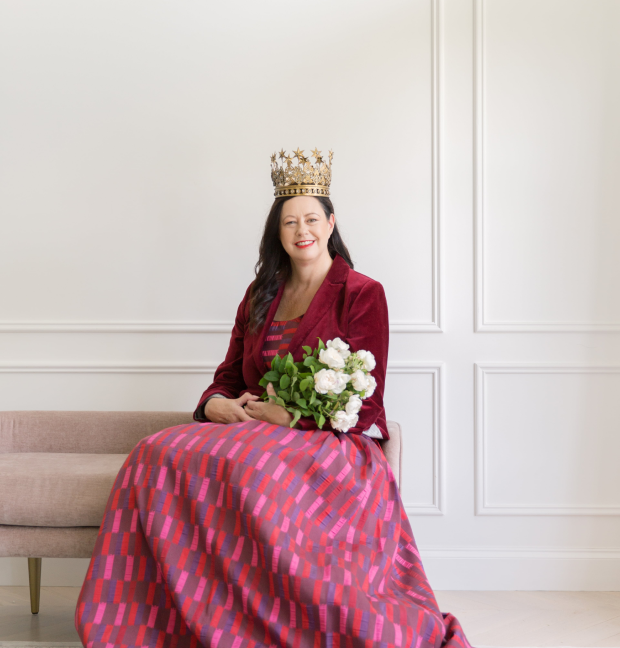

I’ve spent the past few years researching and writing my latest novel Psykhe, which is a retelling of the ancient Greek myth of Eros and Psykhe. It’s the source of one of the world’s best-known and most beloved fairy tales, ‘Beauty and the Beast’, and so is romantic, fantastical and full of wonder. It also presented me with a difficult challenge. How do you reimagine such a well-known story and still create a captivating and compelling narrative?
Whenever I want to learn how to do something in my fiction, I turn to the works of writers whose work excites and inspires me, and moves me in some way. And it’s an added bonus if they are stupendously successful in their field too, for this is a competitive and demanding industry that we work in, and people do not become international bestsellers in this industry without being very good at what they do.
So I was reading a great many favourite books, and feeling again that wonderful sensation of being utterly immersed in a story, unable to put the book down. I knew that is is what I wanted my readers to experience when they read Psykhe – that feeling of narrative transportation, of the book being so good, so real, that you forget that you are reading. But I needed to know how to create that in my own work.
Around the same time, Valerie Khoo of the Australian Writers Centre came to me and suggested we develop one of my most successful series of workshops - History, Mystery and Magic – into an intensive, online course that could be undertaken at the participants’ own pace. So I began to overhaul the workshops in the course, deepening and enriching them and bringing them up to date.
And because I was engaged myself in writing a novel, with all the pitfalls and problems that entails, I focused very much on making the course as practical and useful as I could.
My idea was to study five of the world’s most popular genres of fiction, and learn as much from each of them as I could, then apply those lessons to my own writing. And so tonight I want to share with you five essential lessons I learned while undertaking this careful in-depth analysis.
Historical Fiction has the power to transport the reader to a different time and place, making us feel we are time travellers. The best historical fiction is built on meticulous research, presented in a vivid and compelling manner to create a seamless blend of history and story. It illuminates history in a different way than textbooks, and gives the reader a deeply immersive reading experience. It is this sensation of being utterly engrossed in the story that draws me so powerfully to the genre. I think its absolutely crucial. But how do you do it? Here are my 3 best tips:
The second genre of fiction I delved into is Crime and Mystery. This is not a genre I write, but I knew I had a lot to learn from it about narrative tension, suspense and pace. It was also very useful to me because crime fiction is one which has a set conventional structure:
And so writers in that genre must seek other ways to make their narrative compulsively readable.
I too was working with a set narrative structure – the well-known story of Psykhe’s descent to the underworld – and so any techniques I could pick up from crime writers about making my book a page-turner going to be of use to me.
I also realised that the primary appeal of mystery and suspense novels is the triumph of good over evil, right over wrong, order over chaos. In other words, resolution. To deliver a pleasurable reading experience, we must give the reader a sense of closure, a feeling that order has been restored. And so reading crime helped me think about my own novel ending, and how I could best resolve the action and themes of my story.
Here are my 3 best tips on how to achieve that big happy sigh of satisfaction you get when you finish a beautifully resolved novel:
I wanted to learn from the best how to give readers the kind of comfort reading they yearned for, while still making my story feel fresh and unique. Romance is not a genre driven by suspense. Readers generally know how the book will end (and can be made very unhappy if they are cheated of their Happy Ever After). So romance writers need to be very adept at creating new stories on tried-and-true plot patterns, which is what I was doing with my retelling of the myth of Psykhe and Eros, one of the oldest romances known.
Fantasy fiction deals in ideas of the impossible. Readers must willingly suspend their disbelief if they are to become fully emotionally engaged with the story – this is called ‘poetic faith’. The fantasy writer has to make it easy for the reader to suspend their disbelief – and they do this by inviting the reader to actively bring their intelligence and imagination to the task of co-creating the world and all that exists within it.
A writer can do that by:
Originally, History, Mystery and Magic only concentrated on four genres, but so many people asked me about magic realism that I extended the course to five modules, so that I could deconstruct and decipher that little-understood genre as well.
Basically, Magic Realism is a genre of fiction in which strange, magical or uncanny events happen in a narrative that is otherwise grounded in reality.
It is a genre which often employs poetic devices to heighten and intensify mood, atmosphere and meaning.
The use of symbol, imagery, metaphor and archetype connects us to the subconscious and so to the dreaming mind. It means that words and images have both a literal meaning, readily understood by the reader, but also deeper, more mysterious meanings
A lot of aspiring authors focus so much on the mechanisms of character, plot, and setting that they forget the importance of using archetype, metaphor and symbol to create layers of hidden meaning in your work.
Remember, prose is like music, it is driven by rhythm and sound dynamics. The more consciously you work on creating a powerful recurring beat, the more the reader will be drawn into the story and be unable to put it down.
To wrap up, I want to read you a quote from Ursula le Guin, one of the ten authors whose work I examine in History, Mystery and Magic. She said:
“To make something well is to give yourself to it, to seek wholeness, to follow spirit. To learn to make something well can take your whole life. It’s worth it.”
I am always hungry to learn as much as I can about the art and craft of writing – I hope to spend the rest of my life learning and trying to be the very best writer I can be.
Thank you.
You can find links to my works on my website or learn more about my writing process from my blogs.
My books are available for purchase at your local bookstore or online retailers: Goodreads, Amazon

